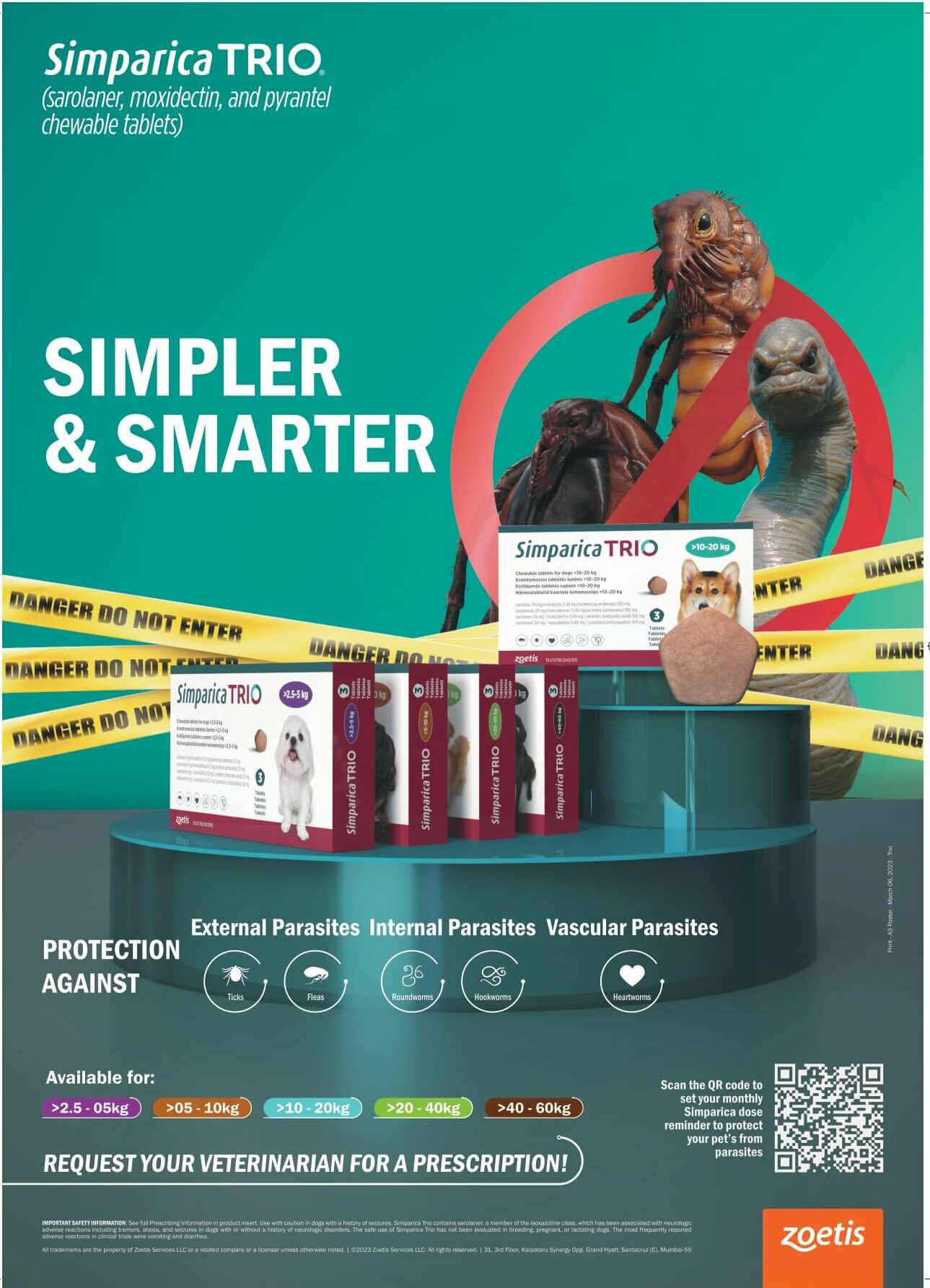
Thrombocytopenia, a condition characterized by low platelet count in the blood, is not limited to humans. Dogs can also suffer from this disorder, which can lead to serious health issues if left untreated. In this article, we will delve into the causes, symptoms, and treatment options for thrombocytopenia in dogs.
What are Platelets and Why are They Important?
Platelets are tiny, disc-shaped cells in the blood responsible for clotting. They play a vital role in preventing excessive bleeding when your dog sustains an injury or has internal bleeding. When platelet levels drop too low, as in thrombocytopenia, your dog may have difficulty forming blood clots, putting them at risk for uncontrolled bleeding.
Causes of Thrombocytopenia in Dogs
Thrombocytopenia in dogs can be caused by a variety of factors, including:
Immune-Mediated Thrombocytopenia (ITP): This is the most common cause of low platelet count in dogs. ITP occurs when the dog’s immune system mistakenly targets and destroys its own platelets.
Infectious Diseases: Certain infections, such as ehrlichiosis, can lead to thrombocytopenia in dogs.
Bone Marrow Disorders: Conditions that affect the bone marrow’s ability to produce platelets can result in thrombocytopenia.
Medications: Some medications, like certain antibiotics or chemotherapy drugs, can cause a drop in platelet count as a side effect.
Toxins: Exposure to certain toxins, like rat poison, can lead to thrombocytopenia.
Genetic Factors: In rare cases, thrombocytopenia can be hereditary, passed down from generation to generation.
Symptoms of Thrombocytopenia in Dogs
Identifying the signs of thrombocytopenia in dogs is crucial for early diagnosis and treatment. Common symptoms include:
Bleeding: The most obvious sign is unexplained bleeding. This may manifest as nosebleeds, bloody stools, or blood in the urine.
Petechiae: Small, pinpoint red spots on the gums, skin, or inside the ears.
Bruising: Easy bruising or the appearance of large, unexplained bruises.
Lethargy: A lack of energy or enthusiasm, which can be a sign of an underlying health issue.
Pale Gums: A dog with thrombocytopenia may have pale gums due to anemia caused by chronic bleeding.
Diagnosis and Treatment
If you suspect your dog may have thrombocytopenia, it is essential to seek immediate veterinary care. Diagnosis typically involves a thorough physical examination, blood tests, and sometimes a bone marrow aspirate to determine the underlying cause.
Treatment options for thrombocytopenia in dogs depend on the underlying cause and the severity of the condition. Treatment may include:
Immune Suppression: If the cause is immune-mediated, medications that suppress the immune system’s response may be prescribed.
Management of Underlying Conditions: Treating the underlying cause, such as addressing infections or discontinuing medications causing the condition, is essential.
Transfusions: In severe cases, your dog may need platelet transfusions to prevent life-threatening bleeding.
Monitoring: Regular blood tests and monitoring are crucial to track platelet levels and ensure the effectiveness of treatment.
Preventing Thrombocytopenia
While some causes of thrombocytopenia, such as genetic factors, are beyond your control, there are steps you can take to reduce the risk. Ensure your dog’s vaccinations are up to date to prevent infectious diseases. Be cautious with medications and chemicals, keeping them out of your pet’s reach. Regular veterinary check-ups can also help detect any potential issues early.
In conclusion, thrombocytopenia in dogs is a serious condition that can lead to uncontrolled bleeding and other complications. Recognizing the symptoms and seeking prompt veterinary care are crucial for a favorable outcome. With the right diagnosis and treatment, many dogs can recover from this condition and go on to lead happy, healthy lives.










 " >
" >